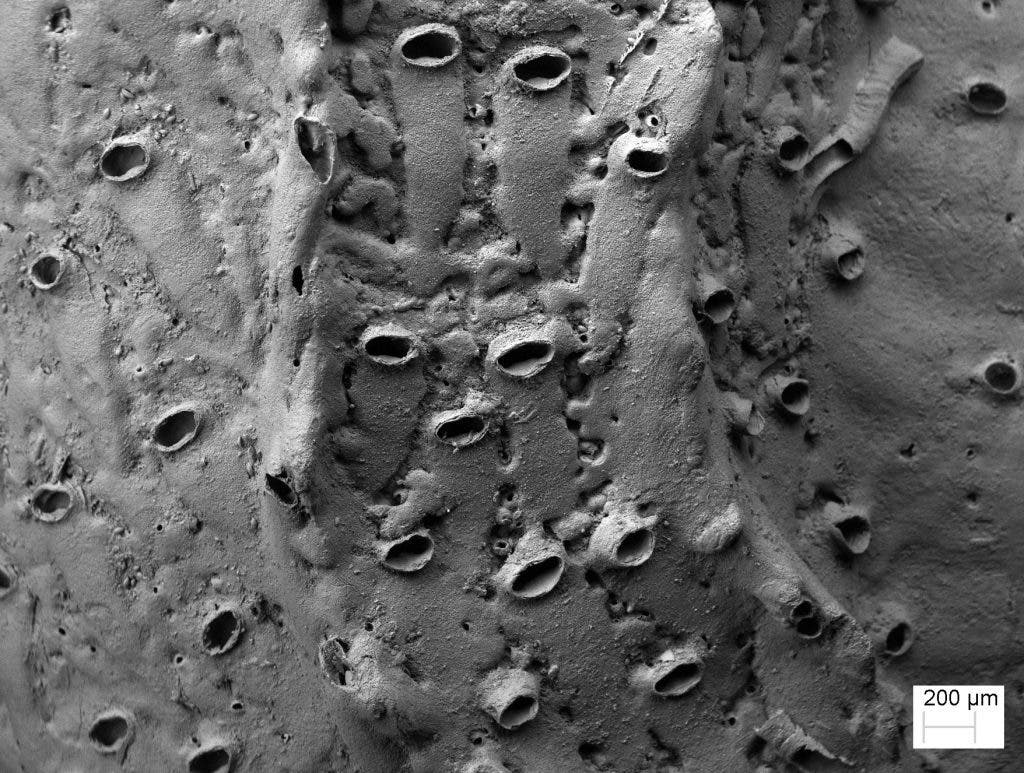![Artist’s impression of living Protulophila polyps in a worm tube. Dennis Gordon and Erika MacKay [NIWA].](https://cdn.zmescience.com/wp-content/uploads/2014/07/comeback-1024x963.jpg)
The animal is questions is called Protulophila – a tiny tentacled polyp – that was previously encountered only in fossil deposits in the northern hemisphere, specifically Europe and the Middle East. It was thought to have been extinct for four million years following a long geological history extending back 170 million years into the Middle Jurassic period in Europe.
Scientists believe Protulophila was colonial hydroid (resembling a hydra), being related to corals and sea anemones.

This year, however, an international team of researchers, comprised of scientist from New Zealand’s National Institute of Water and Atmospheric Research in Australia, London’s Natural History Museum, and the University of Oslo, found Protulophila in a tubeworm from geologically young rocks less than a million years old, while conducting fieldwork at Wanganui.
[RELATED] Tree lobster thought extinct for the past 80 years is alive and well
Amazed by the finding, researchers at the NIWA decided to investigate their private collection for more insight. What they discovered was examples of preserved Protulophila that had been overlooked, some which originating from samples collected in 2008 in about 20 meters of water near the town of Picton on the northeast corner of South Island. And indeed, the findings prove the tiny tentacled polyps are indeed a colonial hydroid related to corals and sea anemones, as suspected.
“Finding living Protulophila is a rare example of how knowledge of fossils has led to the discovery of living biodiversity,” said NIWA marine biologist Dr Dennis Gordon.
“It’s very exciting. Our detective work has also suggested the possibility that Protulophila may be the missing polyp stage of a hydroid in which only the tiny planktonic jellyfish stage is known. Many hydroid species have a two-stage life cycle and often the two stages have never been matched. Our discovery may thus mean that we are solving two puzzles at once.”






